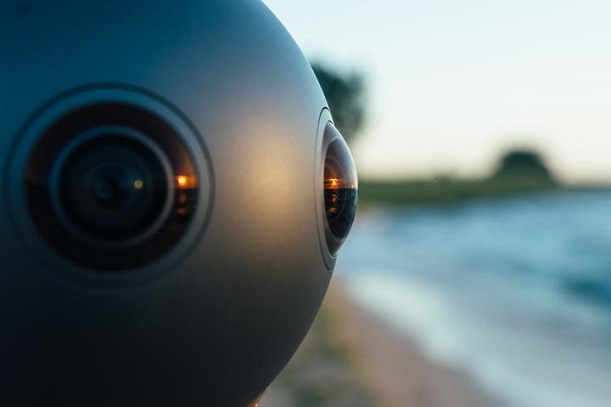Nokia has continued its return to the hardware market by revealing OZO, a product it is dubbing as the first commercially available virtual reality camera.
The camera, which goes on sale in the fourth quarter this year, films stereoscopic 3D video through eight synchronised sensors. A separate eight microphones capture audio content.
Software allows real-time viewing of what is being filmed, with the playback solution stitching together each piece of film into a panoramic video. Nokia said this solution would substantially reduce the time it takes to edit VR film.
The vendor said the content can be published through commercially available VR devices such as head mounted displays. OZO films are compatible with professional software and third party tools.
Nokia said the device, with specs and pricing to follow, would be the first in a range of products built by its Technologies arm. OZO was designed at the vendor’s R&D facilities in Tampere, Finland.
Ramzi Haidamus, President of Nokia Technologies, said: “We’re thrilled to introduce OZO to the content creation world, and to define a completely new category of virtual reality capture and playback solutions. OZO aims to advance the next wave of innovation in VR by putting powerful tools in the hands of professionals who will create amazing experiences for people around the world.
“We expect that virtual reality experiences will soon radically enhance the way people communicate and connect to stories, entertainment, world events and each other. With OZO, we plan to be at the heart of this new world.”
The device announcement has been boosted by VR production agency Jaunt, which announced it will support the product. Cliff Plumer, President of Jaunt Studios, said: “Our partnership with Nokia is another big step for us to continue to provide our partners with the most cutting-edge technology to further cater to their creative needs. Jaunt will continue to work with its own line of cameras, as well as the best-of-breed that others have to offer, to ensure content creators have access to the best tool for the job.”
The camera is the latest move back into the hardware space for Nokia, just two years after it sold its handset arm to Microsoft. Nokia has already developed a new tablet and is expected to re-enter the smartphone market next year, with it possibly licensing its brand name to a hardware partner.



